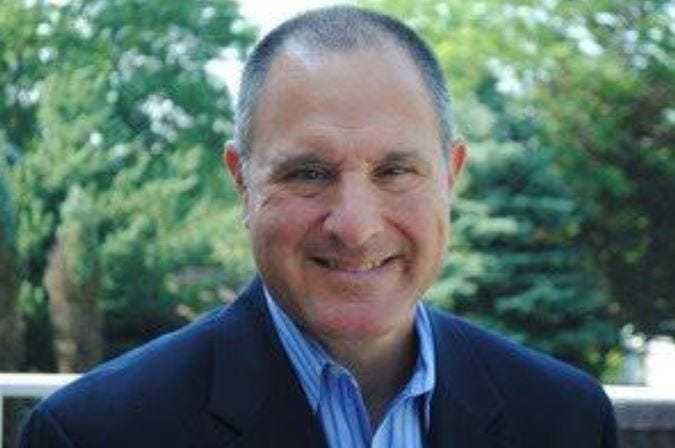
The National Institute of Justice reported this week that homicides in America’s largest cities rose in 2015 and again in 2016, although not all cities experienced a significant increase and some cities even experienced a decline.
In 2016, the FBI Uniform Crime Report found that there were 17,250 homicides nationwide. That is an increase of 8.6 percent from 2015 on top of a 12.1 percent increase from 2014-2015.
That adds up to about a 21 percent increase in homicide over two years, which is the largest two-year increase in a quarter of a century.
The National Institute of Justice considered two explanations for the increase:
-
The heroin and opioid epidemic
-
The so-called "Ferguson effect," named for the city outside of St. Louis where the police response to unrest has impacted policing nationwide.
The larger increases in drug-related homicides as compared to other types of homicide provided researchers with preliminary evidence that expansions in the illegal drug trade contributed to increase in homicide.
The current drug epidemic is disproportionately concentrated in the white population, and homicides have increased among whites as well as among African Americans and Hispanics. The report concluded that the drug epidemic may have had an especially strong influence on the rise in homicide rates among whites.
The second explanation put forth by researchers is the Ferguson effect, which resulted in "de-policing, compromised police legitimacy, or both."
Surveys of police reveal widespread concerns about increased police-community tensions and reductions in proactive policing in the aftermath of widely publicized deadly encounters between the police and African Americans.
Increases in homicide followed decreases in arrests in Baltimore and Chicago, although it is not known whether the same was true in other cities.
Alienation from the police can result in a decreased willingness to call the police or to cooperate with them and, some studies suggest, an increase in criminal behavior.
The National Institute of Justice concedes that "current evidence that links de-policing to the homicide rise is mixed, at best," and that it remains an "open research question."
The homicide increase in the United States is relatively large, if not unprecedented, especially in several of the nation’s biggest cities.
Because it arrived on the heels of a long-term crime drop, it is reasonable to ask whether the current homicide spike marks the end of what has been referred to by Professor Franklin E. Zimring of the UC Berkeley School of Law as the "the great American crime decline."
Before we break into a panic, a review of the data seems to indicate the answer is no. The national homicide rate was more than 35 percent lower in 2016 than in 1995 and the homicide rate in big cities was about 46 percent lower.
According to the National Institute of Justice, even at the elevated rates of increase in 2015 and 2016, it would take about five years for the national homicide rates to return to the levels of the early 1990s.
However, it is difficult to ignore the increase in homicides as well as the ongoing plight of minority members of our communities. For instance, the leading cause of death for young African American men is homicide, and it causes more deaths than the other top nine causes of death put together.
Professor David Kennedy of the John Jay College of Criminal Justice said recently, "[W]e’re debating these small changes and the national homicide rate had come down to between four and five per 100,000 and is now edging back up toward five.
"There are communities all over the country where especially young men of color are experiencing persistent homicide rates of over 500 per 100,000 year after year after year after year."
Matthew T. Mangino is of counsel with Luxenberg, Garbett, Kelly & George P.C. You can reach him at www.mattmangino.com and follow him on Twitter @MatthewTMangino.
"The homicide increase in the United States is relatively large, if not unprecedented, especially in several of the nation’s biggest cities."
This article originally appeared on Crestview News Bulletin: Word of ‘the great American crime decline’ demise premature
